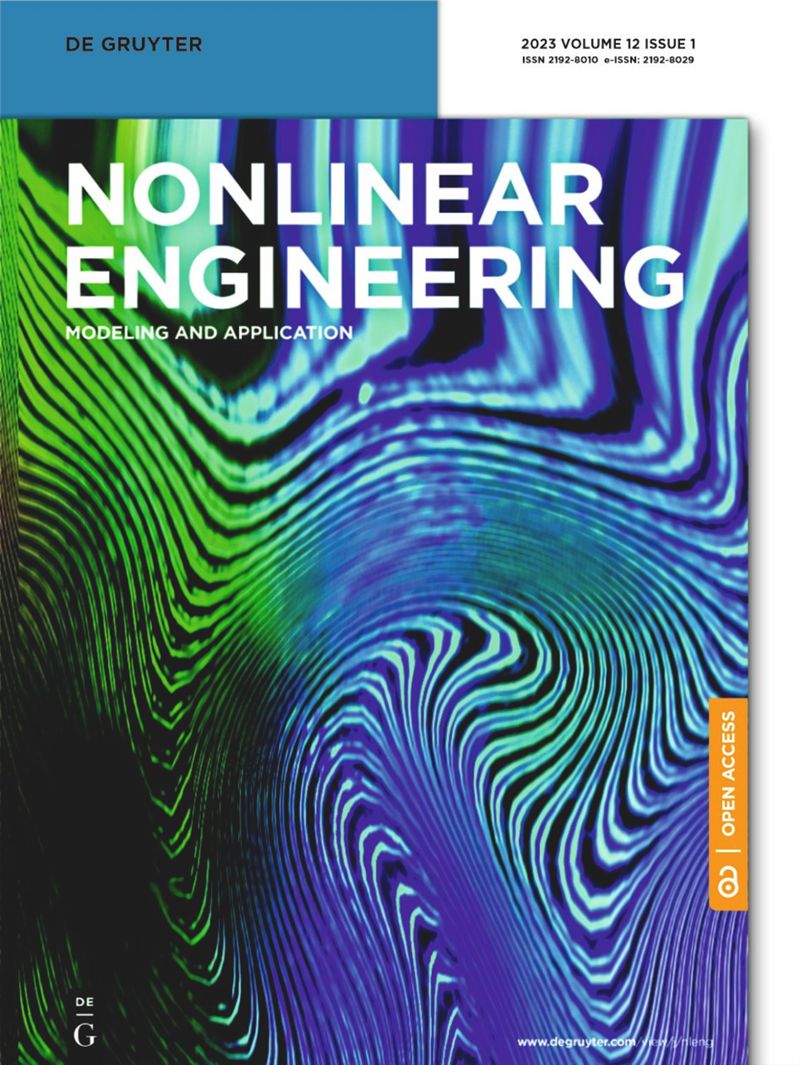部分非局部非线性巨波簇的双分量激励治理
IF 2.4
Q2 ENGINEERING, MECHANICAL
引用次数: 1
摘要
摘要利用Darboux法求解(2+1)维耦合部分非局部非线性Schrödinger方程的向量巨浪群解。这些矢量光场分量表现出不同的励磁治理行为。耦合关系中的有效距离有一个最大值。将该最大值与簇中巨波峰位置的激励值进行比较,实现了对巨波簇的激励治理。本文章由计算机程序翻译,如有差异,请以英文原文为准。
Two-component excitation governance of giant wave clusters with the partially nonlocal nonlinearity
Abstract Vector giant wave cluster solutions of (2+1)-dimensional coupled partially nonlocal nonlinear Schrödinger equation are found by means of a coupled relation with the Darboux method. These vector optical field components display different excitation governance behaviors. The effective distance in the coupled relation has a maximum. Comparing this maximum with the excited values at the location of the giant wave peaks in the cluster, the excitation governance of giant wave cluster is achieved.
求助全文
通过发布文献求助,成功后即可免费获取论文全文。
去求助
来源期刊
CiteScore
6.20
自引率
3.60%
发文量
49
审稿时长
44 weeks
期刊介绍:
The Journal of Nonlinear Engineering aims to be a platform for sharing original research results in theoretical, experimental, practical, and applied nonlinear phenomena within engineering. It serves as a forum to exchange ideas and applications of nonlinear problems across various engineering disciplines. Articles are considered for publication if they explore nonlinearities in engineering systems, offering realistic mathematical modeling, utilizing nonlinearity for new designs, stabilizing systems, understanding system behavior through nonlinearity, optimizing systems based on nonlinear interactions, and developing algorithms to harness and leverage nonlinear elements.

 求助内容:
求助内容: 应助结果提醒方式:
应助结果提醒方式:


